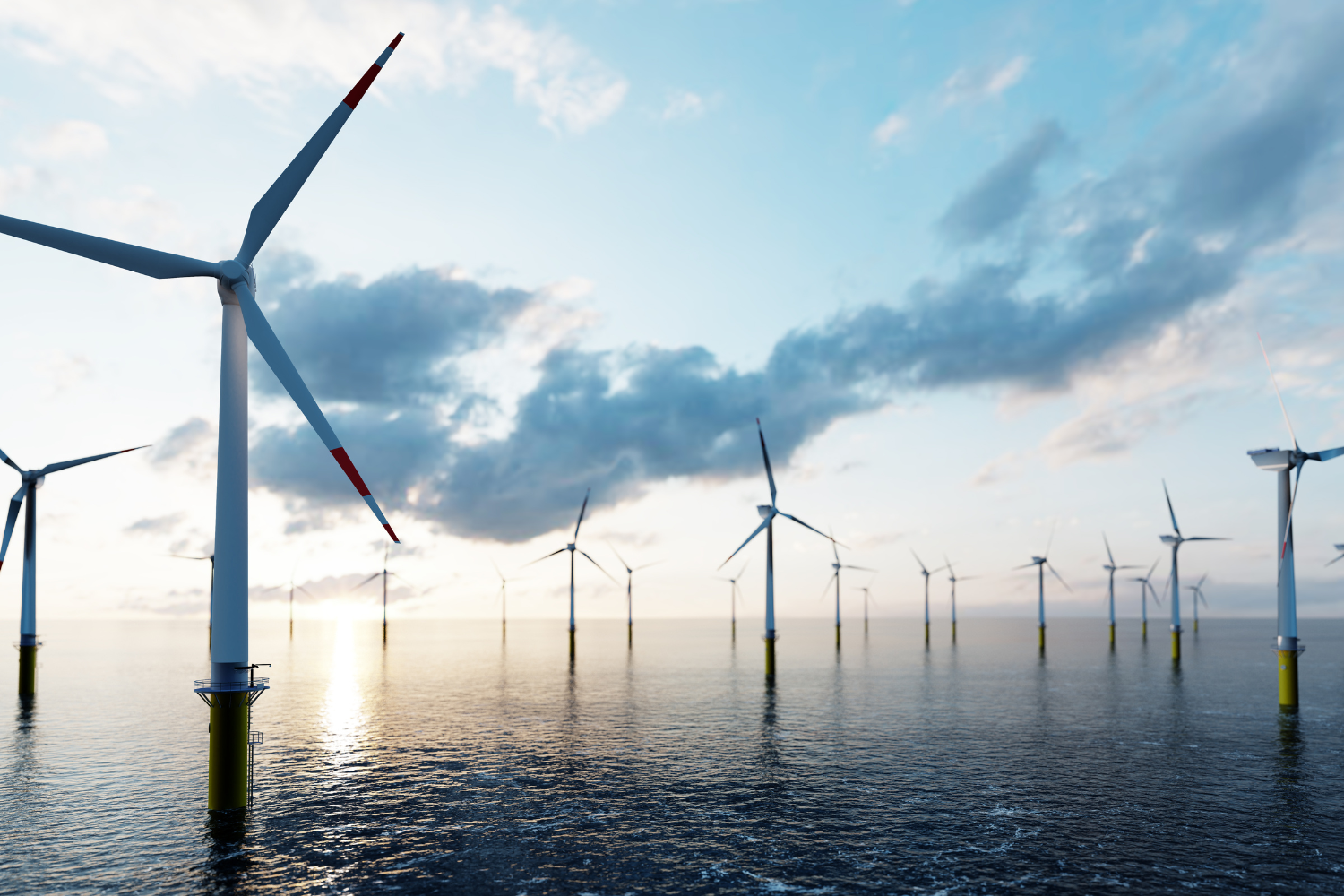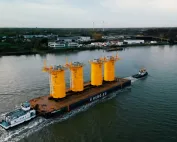Germany continues to make significant strides in harnessing the potential of offshore wind energy, as the German maritime authority, BSH, has recently granted approval for the Ostwind 3 offshore grid connection project. This initiative is set to facilitate the transmission of power generated by up to 300 MW of turbine capacity in the Baltic Sea.
The project embraces the construction and operation of grid connection systems and platforms within the German Exclusive Economic Zones (EEZ) of the North and Baltic Seas. Notably, it adopts the innovative 66 kV direct connection concept, eliminating the need for additional substation platforms within offshore wind parks. This approach is poised to become the new standard for connecting offshore wind parks.
BSH issued a plan approval decision for the “Ostwind 3” project by 50Hertz Transmission GmbH. This decision grants the transmission system operator in the Baltic Sea the authorization to construct and operate both the grid connection system and the substation platform. The “Jasmund” substation platform is strategically located approximately 42 km northeast of Rügen in the “Westlich Adlergrund” area. The total length of the submarine cable system, spanning from the platform to the coast, is approximately 100 km, with approximately 23.5 km passing through the EEZ. Internal park cables will direct the electricity from wind turbines directly to the substation platform. To minimize power losses, the voltage will be increased from 66 kV to 220 kV at the substation platform. The grid connection system has the capacity to transmit up to 300 MW of electricity, and the project is slated to be operational by the fall of 2026.
Ostwind 3 is the grid connection project of the Windanker wind farm. From there on out, a capacity of 300 MW will be transported. This is enough electricity for around 260,000 households. For the first time, the offshore substation (OSS) will be planned, constructed and operated by 50Hertz in addition to the cable systems that will connect the wind farm to the transmission grid.
Source: Bsh.de & BalticWind.eu














